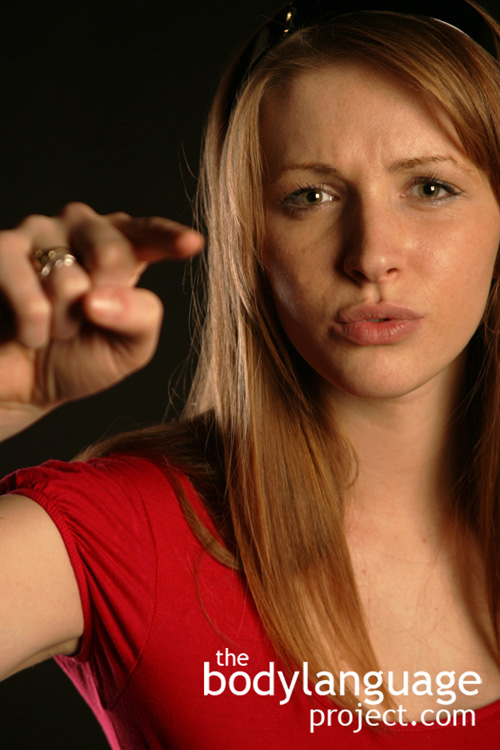Some researchers conclude that laughs are a modification of the fear response which they theorize grew out of an historical warning that danger was near. By this theory, the laugh occurs because our brains are scared or frightened into laughing. This helps to explain why we often come to tears when laughing for prolonged periods, why we sometimes laugh when scared, or when we deal with horrific events such as a death by suddenly laughing, instead of a seemingly more appropriate response.
Strangely as it might sound, laughing is usual for people during periods of stress and uncertainty. We just laugh it off. Other theories say that laugh came about through a relaxed open play face which is similarly observed in other primates. Chimpanzees and Barbary macaques, for example, show a similar breathing sound “ahh ahh ahh.” Laughing in other primates comes from mock fighting, and social play and in humans, it first appears at one to two months of age and happens during tickling or sudden appearance of novel stimuli as in the peek-a-boo game. My son’s first laughs came about through fear. It was the only way we could get him to laugh. Even now, he laughs when startled such as in the peek-a-boo game.
Researcher Robert Provine describes the laugh as a series of short vowel-like notes or syllables, each being about seventy-five milliseconds in duration that repeat at regular intervals separated by about two hundred ten milliseconds. Laughs go something like “ha-ha-ha” or “ho-ho-ho” but never “ha-ho-ha-ho”. We can see other variations though like “cha-ha-ha” or “ha-ha-ho”. Laughs also tend to punctuate points or sentences and rarely find themselves mid sentence. His research outlines even more complexities in the laugh and if you are particularly interested in laugh structure I urge you to seek out his research, it is quite fascinating.
Laughing can become addictive too, since it releases natural pain killers called endorphins which give us a natural high. Thrill seekers such as sky divers, or race car drivers and even runners, and those who exercise regularly, also reap the rewards of the natural endorphin rushes. Endorphins have been shown to be stronger then morphine as a pain killer so activities like mentioned above can become habit forming. Being around people that make us laugh and smile gives us a positive outlook on the world. Similarly, being around people that are consistently frustrated, bring us down, as we empathize with their emotions. Our autonomic nervous system responds to our environments and the people in it which is why it is important to surround ourselves with people that make us feel good. Conversely, we can become the person others seek to initiate positive feelings, so taking the time to make someone laugh can have a huge payoff.

